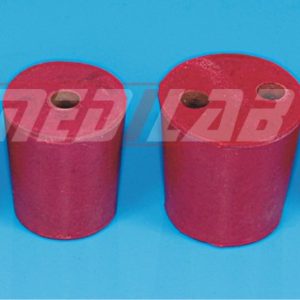Description
A rotary microtome is a laboratory instrument used to prepare thin sections of biological specimens for microscopic examination. The microtome uses a rotating blade to cut the specimen into thin slices, usually ranging from a few micrometers to several hundred micrometers in thickness. The slices are then mounted on slides and stained for observation under a microscope.
Rotary microtomes are commonly used in fields such as histology, anatomy, and pathology to prepare samples for light and electron microscopy. They are also used in material science and other fields where precise thin sectioning of materials is required.
A rotary microtome consists of a rotating blade, a sample holder, and a stage for positioning the specimen. The sample holder holds the specimen in place while the blade rotates and cuts the slices. The thickness of the slices can be adjusted by changing the distance between the blade and the specimen or by changing the blade itself.
Rotary microtomes are known for their accuracy, consistency, and precision in producing thin sections, making them an important tool in many laboratory settings. They are designed to be easy to use, safe, and durable, and are available in a range of sizes and configurations to meet different laboratory needs.







